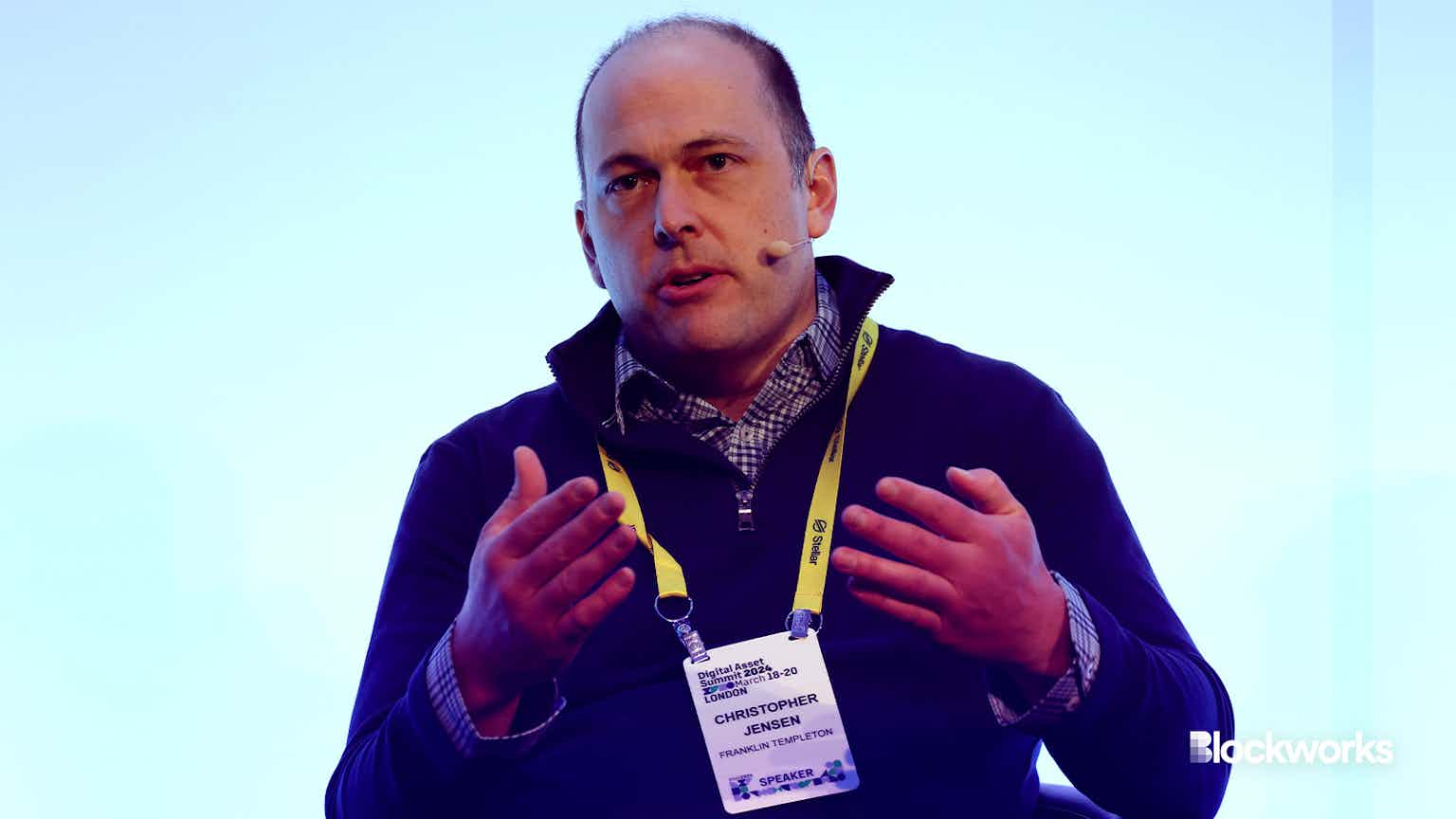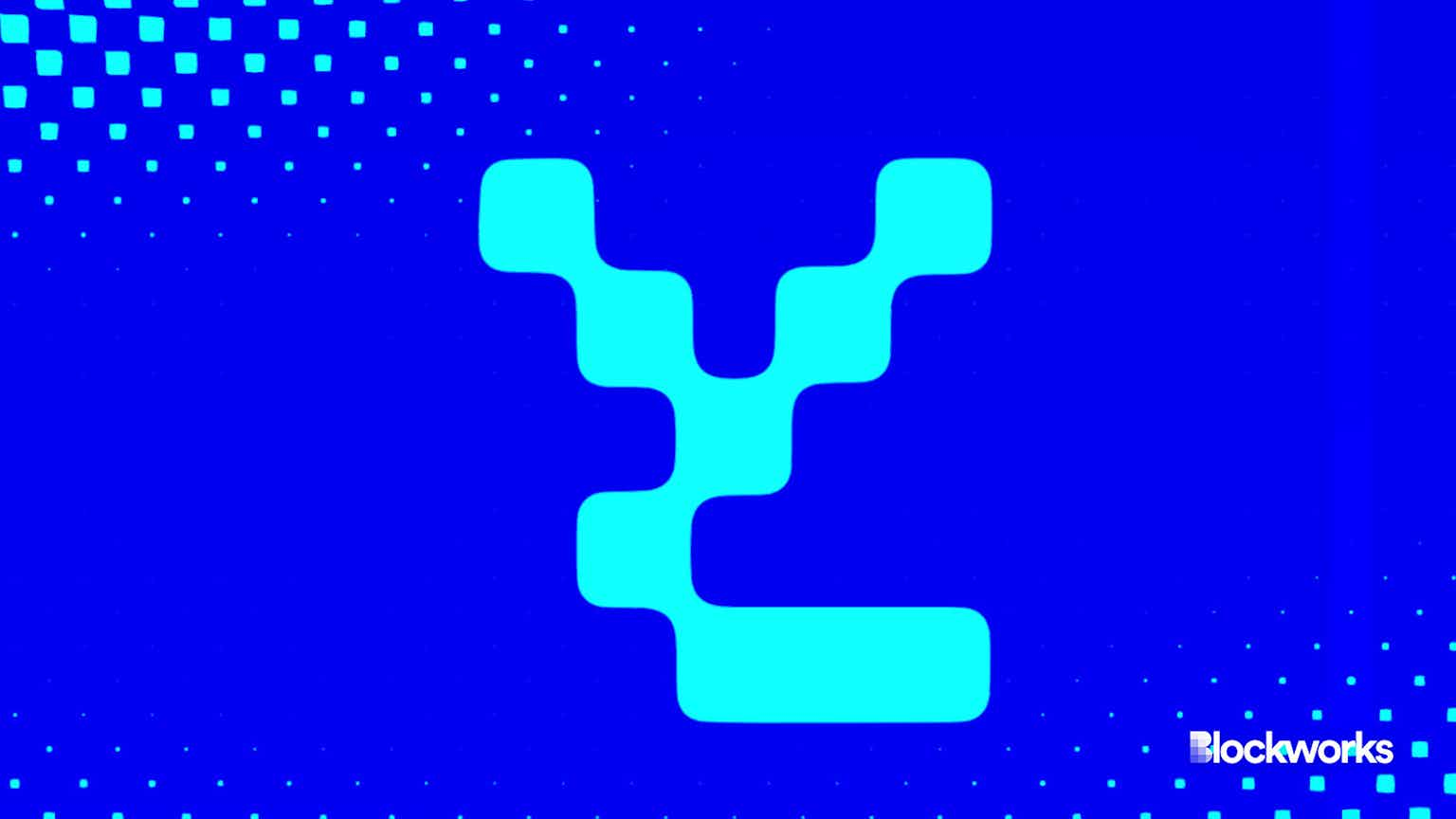Osmosis To Add Stablecoin Liquidity to Cosmos
Osmosis is set to launch a “version of the Curve 3pool, which includes USDC, Tether, and BUSD,” founder Sunny Aggarwal told Blockworks

Satheesh Sankaran/Shutterstock.com modified by Blockworks
The largest decentralized cryptocurrency exchange (DEX) on the Cosmos interchain will soon have its very own version of the Curve 3pool.
Osmosis will be starting up pools to facilitate stablecoin trades pending the addition of Binance USD (BUSD) support on cross-chain messaging service Axelar, Sunny Aggarwal, the founder of Osmosis, told Blockworks.
“We want to create our own version of the Curve 3pool, which includes USDC, Tether, and BUSD,” Aggarwal said.
Osmosis chose to include BUSD as its third stablecoin in its 3pool because it is the third-largest stablecoin by market capitalization and second-biggest by trading volume.
Aggarwal said BUSD is “pretty trustworthy [because] it’s just Paxos under the hood.”
The DEX revealed last week that it had launched a StableSwap — a protocol for trading stablecoins — in hopes that Osmosis will soon become the go-to space for users to access and trade a multitude of stable tokens in the Cosmos ecosystem.
“Instead of Osmosis having its own stablecoin and competing, we want to be this neutral DEX that allows for the ‘Curve wars of Cosmos’ to take place,” Aggarwal said.
StableSwap is a new AMM [automated market maker] that can help execute lower slippage trading between similar assets — stablecoins is the logical first application, Aggarwal said.
The algorithm used to code the system is a derivative of Solidly — an AMM that incentivizes fee-generation and enables low cost.
Beyond trading stablecoins, Aggarwal believes that its latest StableSwap protocol has other use cases.
“There’s a lot of demand for using it for its staking derivatives too,” he said.
Currently, on Ethereum, the largest DEXes — Curve and Uniswap — are separate products, which Aggarwal believes to be a missed opportunity.
Osmosis is currently the largest DEX on the Cosmos ecosystem, its total value locked (TVL) currently sits around $177 million, according to DeFiLlama, and Aggarwal said that the purpose of launching a StableSwap is to capture the stable flow which already exists on the DEX.
The StableSwap piece is part of a larger Osmosis v13 upgrade, called Fluorine, which was passed by community governance last week.
Other upgrades which were made part of the upgrade include adding a governance-configurable rate limit, inter-blockchain communication protocol (IBC) transfers and introducing cross-chain CosmWasm contracts.
The governance-configurable rate limit will, according to the proposal, allow Osmosis governance “to determine the amount of value which can flow in and out of the chain for a specific denom[ination], channel, and time period,” ensuring an increased level of security for assets on Osmosis. The CosmWasm contracts are intended to facilitate cross-chain swaps.
Aggarwal pointed to Cosmos’ multi-chain vision opening up new prospects for the DEX. “The other big thing would be being able to use it for fungible buying across different versions of the same asset — where we can bring the same asset by different bridges, but swap really easily between the different versions of the same asset.”
Start your day with top crypto insights from David Canellis and Katherine Ross. Subscribe to the Empire newsletter.





